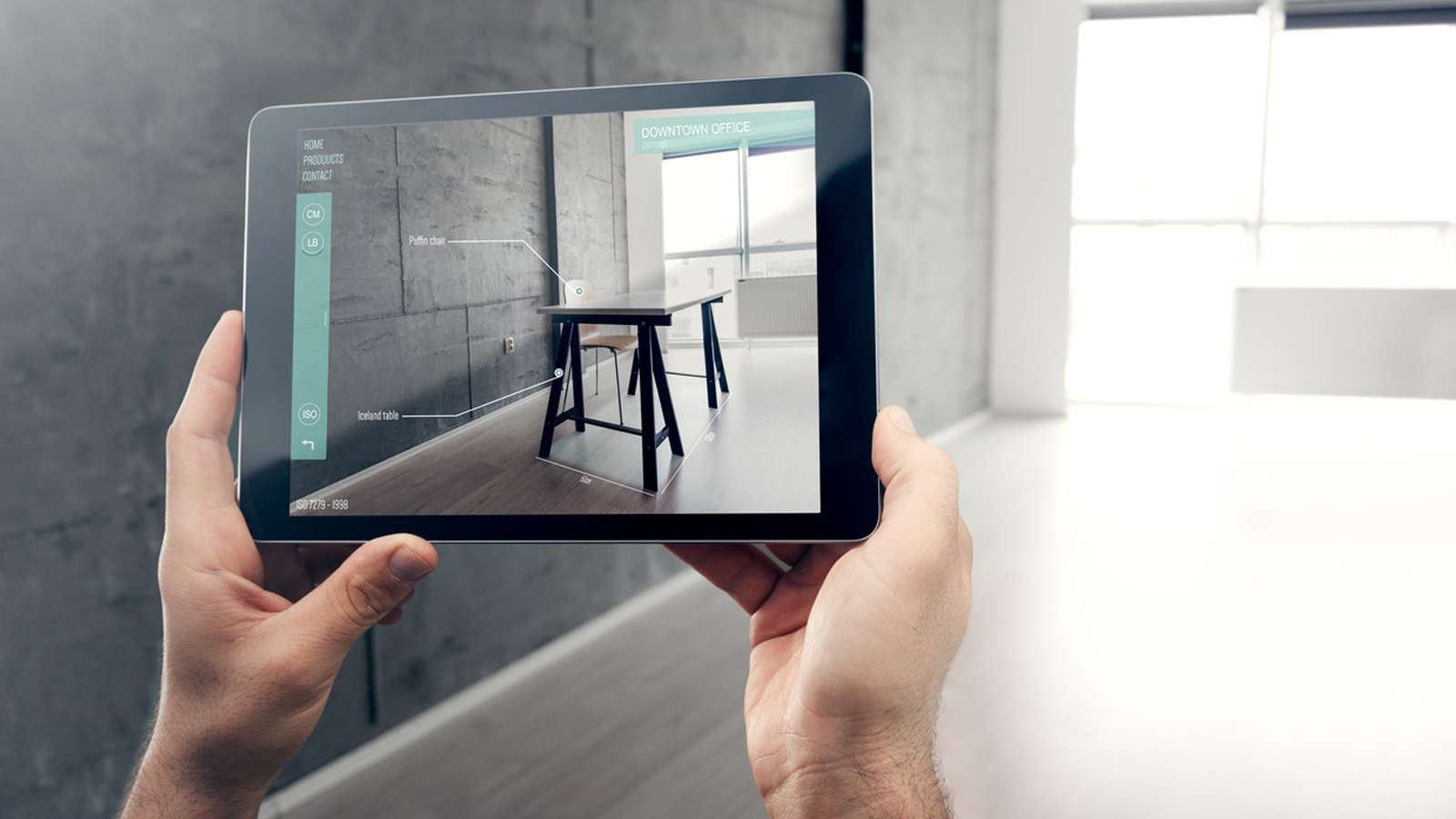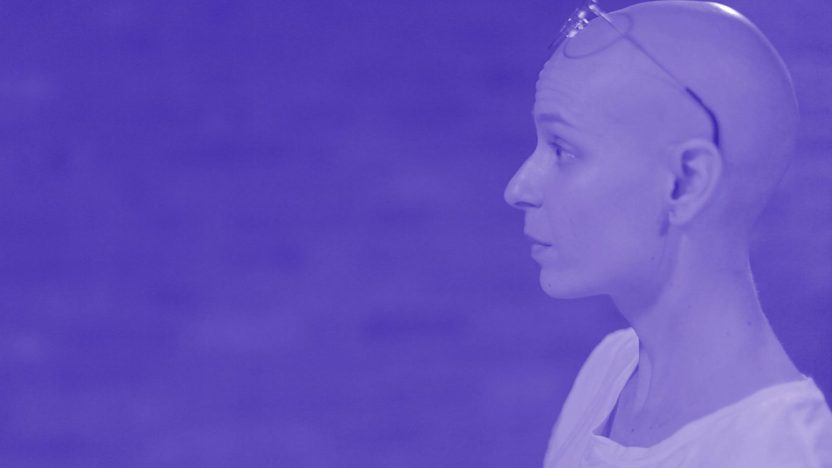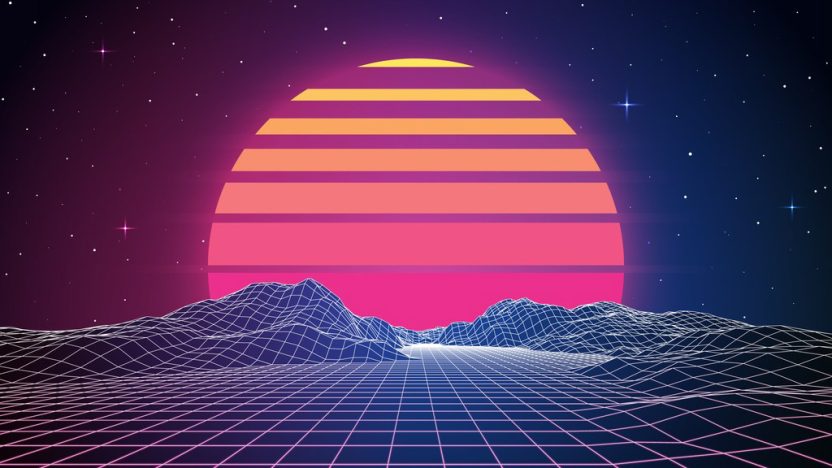A journey to the Jarvis era
We currently live in a multi-dimensional world, but the way we learn and operate is still stuck in 2D.
by Dirk Schart

Two or three years ago, something happened. Google released their Google Glasses, a device not aimed at being primarily classed as AR glasses but more focussed on contextual content. In the years that followed, AR companies would build on this experiment and today we have the big five (Apple, Microsoft, Facebook, Samsung and Google) all making great gains in the development of viable AR technology. But it was the Google Glasses that really opened up the market, and we have them to thank for how enablers since have added a lot of content to this initial hardware.
Today we are at the beginning of the end of reduced reality. We currently live in a multi-dimensional world, but the way we learn and operate is still stuck in 2D, relying still on printed manuals, books and computer screens for our information. For the past 15 years, we have searched for information and knowledge in the same way, through 2D screens and search engines.
But as Walt Mossberg, the pioneering technology journalist, wrote earlier this year in final column piece The Disappearing Computer these 2D mediums will soon begin to disappear. The rise of voice controlled home hubs is a testament to this, taking us from the search engine era and flinging us into the Jarvis era. The Jarvis era is when humans have access to knowledge through natural interfaces and information is available contextually.
As we have seen with the success of Pokemon Go! and Snap’s Spectacles, AR technology is in a way undergoing reverse technological determinism – it is adapting to society and not the other way around. Widespread consumer acceptance enables the spread of technology into the Enterprise sector, leading it to become more normalised and familiar for workers and consumers alike.
Which is undoubtedly a good thing as currently employees are wasting a lot of time searching. Daily, an employee spends 1.8 hours searching and gathering information. This translates into 9 hours per week, and on average, workers tend to take up to 8 searches to find the right information, each search lasting between 5 and 25 minutes. So there is a huge incentive for companies to get onboard with this sooner rather than later. By ensuring that information is continuously and immediately available, the Enterprise industry will be able to revolutionize how its workers learn and work.
Reality+ (Virtual Reality, Augmented Reality & Mixed Reality) on the tip of revolutionising how industries, workers and societies function. Expect huge advancements in how we learn and a departure from the normal search bar learning method we have used for the past 15 years. Instead, a method of learning that capitalises on a world saturated with on-demand information that is also seamlessly embedded into our real environment awaits.


